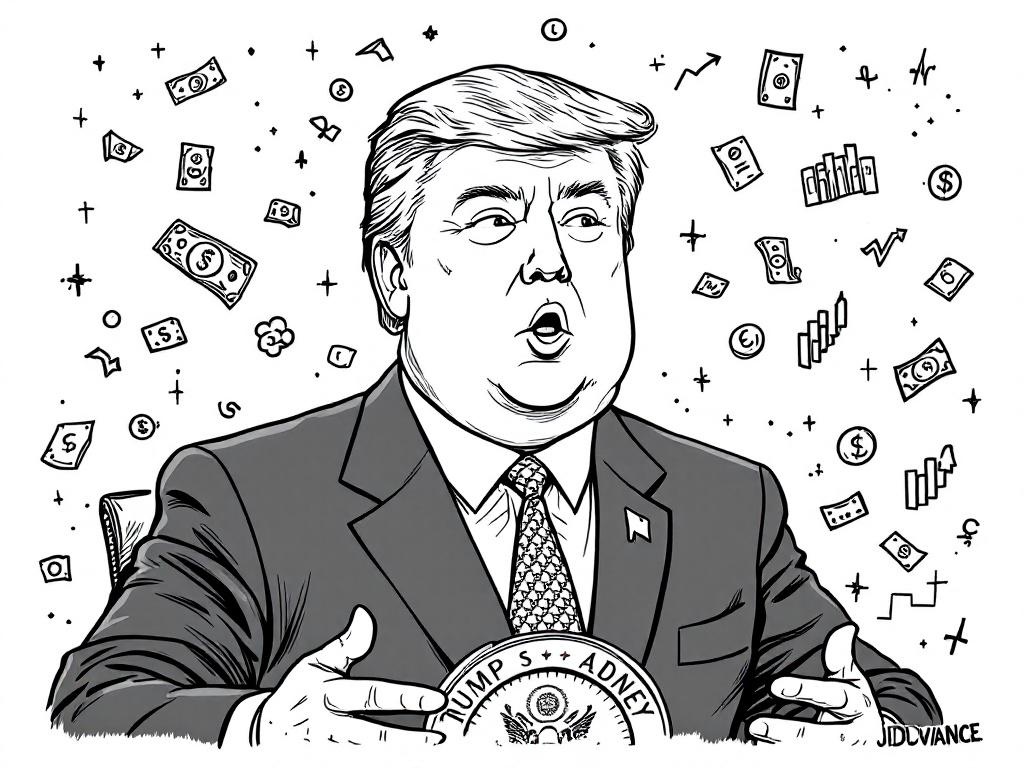Vice President Launches Trump’s Budget Package in Pennsylvania Amid Election Pressure

Pennsylvania, Thursday, 17 July 2025.
Vice President JD Vance introduces Trump’s budget package in Pennsylvania, focusing on tax breaks and energy extraction as Democrats plan to highlight Medicaid and food stamps cuts in their campaigns.
Unveiling the Budget Package in a Swing State
Vice President JD Vance launched a significant initiative Wednesday to promote President Donald Trump’s sweeping budget-and-policy package in northeastern Pennsylvania, underscoring its importance in a state pivotal for midterm elections. The policy package emphasizes tax breaks and energy extraction initiatives while controversially cutting Medicaid and food stamps by $1.2 trillion, a point Democrats are poised to leverage in their campaign strategies [1][2][3].
Economic and Political Implications
The Trump administration’s budget package, signed into law earlier this July, includes provisions such as tax deductions on overtime and the creation of ‘Trump Accounts’ with a potential $1,000 Treasury deposit for children’s savings. While these elements might be appealing to voters, the package’s reduction in social welfare programs is a contentious issue. Democratic leaders label it a ‘reverse Robin Hood,’ criticizing it for redistributing resources from the poor to the wealthy [1][3][4].
Republican Defense and Democrat Criticism
Republican Representative Rob Bresnahan, representing the district including West Pittston, defended his vote by claiming the legislation strengthens Medicaid by addressing fraud and securing funding for rural hospitals. Conversely, Democratic Governor Josh Shapiro has vocally criticized these claims, pointing out the severe cuts to Medicaid as contradictory to prior assurances from congressional members [2][4].
Strategic Significance and Future Debates
This budget package is set to be a significant factor in the 2026 midterm elections where Democrats need a net gain of three House seats to take control. Both parties are crafting their campaign messages around this legislation, with Republicans focusing on economic growth and job creation while Democrats argue the measures detrimental to low-income individuals [2][4]. The debate over this policy package will continue to shape the political landscape as the midterms approach, highlighting the fiscal and social policy contrasts between the parties [2][3].